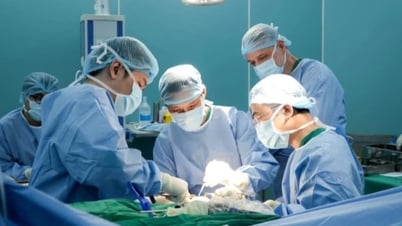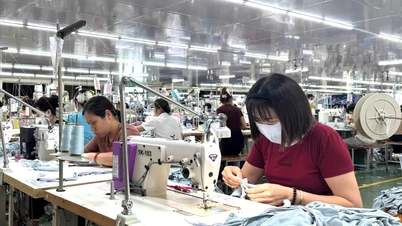Neurofibromatosis is a rare, benign, autosomal dominant genetic disorder that causes tumors to develop in various organs of the body.
This article was professionally consulted by Dr. Le Vi Anh, Department of Dermatology - Dermatology, University of Medicine and Pharmacy Hospital, Ho Chi Minh City.
Define
- According to the American Association of Neurological Surgeons (AANS), neurofibromatosis is a rare genetic dermatological disorder.
- If you have the disease, there are almost no noticeable neurological problems.
Fractal
There are two main forms:
- Neurofibromatosis type I (NF1):
* Manifests from birth or in childhood.
* Also known as Von Recklinghausen disease, Phakomatosis Von Recklinghausen.
* Characterized by multiple light brown spots concentrated in the groin and armpits, benign tumors under the skin. If progressing, it will cause deformation of the bones as well as curvature of the spine (scoliosis).
* Occasionally, people with NF1 can develop tumors in the brain, on cranial nerves, or involving the spinal cord.
- Neurofibromatosis type II (NF2):
* May appear in childhood, adolescence, or early adulthood.
* Also known as bilateral acoustic neurofibromatosis, vestibular schwannoma and central schwannoma...
* Mainly characterized by benign tumors of the nerve that transmits sound impulses and balance signals from the inner ear to the brain. Tumors often affect both the left and right auditory nerves.
About one-third of people with NF have no symptoms at all. In addition, in addition to NF1 and NF2, another third of cases, called schwannomatosis, can share many features with NF1 and NF2.
Reason
- NF1:
* According to AANS, NF1 is caused by a mutation in the gene that controls the production of a protein called neurofibromin (neurofibromin 1). This gene is thought to act as a tumor suppressor.
* In about 50% of people with NF1, the disorder is the result of gene mutations that occur for no known reason (spontaneous mutations). In other people with the disorder, NF1 is inherited (autosomal dominant inheritance).
- NF2:
* NF2 results from mutations in another tumor suppressor gene (neurofibromin 2, merlin).
* Some people with NF2 experience a gene mutation that occurs for no known reason (spontaneous mutation), while others inherit it from both parents (autosomal dominant inheritance).
- While schwannomatosis is not well understood, it is estimated that 85% of cases have no known cause (idiopathic) and 15% are genetic.
Incidence of disease
- NF1: 1/3,500 births.
- NF2: 1/40,000 births.
- Schwannomatosis: estimated 1/40,000 births.
Treatment
Currently, there is no specific treatment for neurofibromatosis. Treatment of neurofibromatosis is mainly symptomatic treatment with neurofibromatosis drugs, rehabilitation or surgery.
Neurofibromatosis can affect the ability to learn. For children with low IQ, special education programs are needed. Treatment of psychiatric and neurological disorders in children includes attention deficit hyperactivity disorder, epilepsy.
Surgery is a treatment for neurofibromatosis indicated in severe, complicated cases that must be performed multiple times to completely remove the fibroid. Surgery is indicated when the tumor affects vital functions such as growing large, causing compression of the spinal cord, brain or organs in the body; subcutaneous tumors, on the face, causing loss of aesthetics, affecting the patient's ability to live and work.
In addition, bone deformities or scoliosis can be corrected, surgery for neurofibromatosis is only indicated in severe cases.
Radiation therapy and chemotherapy are also treatments for neurofibromatosis if the tumor is pressing on body functions or surgery is not possible.
The disease has the risk of progressing to cancer, so it is necessary to examine and intervene early for early signs of cancer. Due to genetics, if you intend to have children, you should consult a doctor to monitor and evaluate neurological function after birth.
American Italy
Source link




































































































Comment (0)